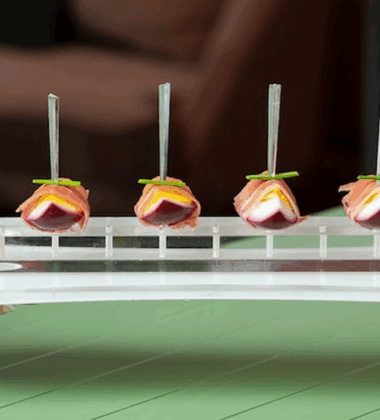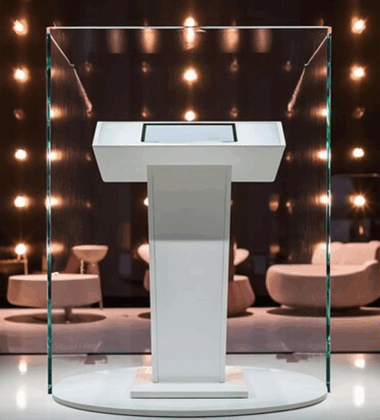If you think expo sampling is just about offering free bites, think again. In the world of food and beverage trade shows, taste testing market research is a science—and a powerful tool to gather real-time consumer feedback, boost booth engagement, and make data-driven product decisions.
With the Global Products Expo just around the corner—happening June 26–28, 2025, at the New Jersey Expo Center—there’s no better time to sharpen your sampling strategy and stand out at the food and beverage expo USA.
Why Taste Testing Matters More Than Ever
In a digital-first world, in-person product sampling offers something no social campaign or email funnel can: an immersive, sensory-driven experience.
But today’s buyers are more selective, health-conscious, and experience-focused. If your taste test strategy feels random or unstructured, you risk losing valuable leads—and even worse, missing the insights that could help your product win on shelf.
That’s where taste testing market research comes in. This approach uses psychology, sensory science, and smart data collection to turn quick bites into lasting brand impressions.
The Psychology Behind Taste Testing
Humans make taste decisions in milliseconds—but those decisions are influenced by more than just flavor. According to food psychology experts:
- Visual presentation influences perceived freshness and quality.
- Texture plays a major role in product satisfaction.
- Context (lighting, music, booth design) can boost or reduce liking.
- Priming through storytelling affects perception of taste and value.
In short: what people think they’re tasting is as important as what’s actually on the plate.
Setting Up a Smart Taste Testing Station at the Food and Beverage Expo
Here’s how to go beyond the free sample and create a research-driven sampling station that captures attention and useful data.
1. Segment Your Samples Strategically
Offer A/B versions of your product to test:
- Flavor profiles (e.g., spicy vs. mild)
- Sweetness levels
- Packaging variations
- Price perception (e.g., same item with different positioning)
Use signage or booth staff to gently guide participants through the options without biasing them.
2. Collect Qualitative & Quantitative Feedback
Use short, anonymous forms—either paper or digital via QR code—to collect:
- Taste ratings (1–5 scale)
- Preference between versions
- Purchase likelihood
- Open-ended comments
Even 50 data points can reveal key insights that help optimize your formula before a retail launch.
3. Don’t Overwhelm the Palate
Too many samples at once can fatigue the taste buds. Limit sample portions to:
- 2–3 bites max
- Neutral palate cleansers (plain crackers, water)
- Clear signage with allergen info and certification labels (vegan, halal, etc.)
4. Use Visual & Verbal Storytelling
Frame your samples with messaging that taps into emotional branding:
- “Inspired by Mediterranean wellness traditions”
- “Crafted by a family-owned kitchen in Texas”
- “Designed for busy moms who want clean ingredients”
People don’t just taste your food—they experience your brand.
Pro Tips for a Memorable Expo Sampling Experience
To really stand out at the Global Products Expo, integrate these expert-level tips:
✔ Create a Multi-Sensory Booth
Pair your food with scent branding, ambient sound, or natural textures. Research shows that multisensory environments increase perceived value and product enjoyment.
✔ Use QR Codes for Follow-Up
Let people scan for:
- Nutritional info
- Your online store
- A follow-up discount
- A survey entry with a prize draw
This bridges the gap between taste testing and conversion.
✔ Tie It Into a Bigger Brand Moment
Coordinate your sampling with a culinary pop-up, live demo, or UGC campaign. For example:
- “Tag us on Instagram with your favorite flavor for a chance to win a 6-month subscription box!”
Common Mistakes to Avoid
- Sampling without clear intent: What are you testing, and why?
- No staff training: Your booth reps need to guide without bias and be ready to collect feedback.
- Ignoring packaging: What the product looks like impacts how it’s received.
- Overloading flavors: Too many bold samples in a row dulls the taste buds.
Final Thoughts: Taste Is Data—If You Know How to Use It
At the food and beverage expo USA, hundreds of brands will hand out snacks. But only a few will walk away with real-time market intelligence that can shape product innovation, retail placement, and messaging strategy.
Whether you’re a F&B exhibitor, chef, or emerging CPG brand, make your sampling experience intentional, research-driven, and emotionally resonant. The future of food isn’t just in how it tastes—it’s in how it makes people feel, and what insights you gather from that moment.





